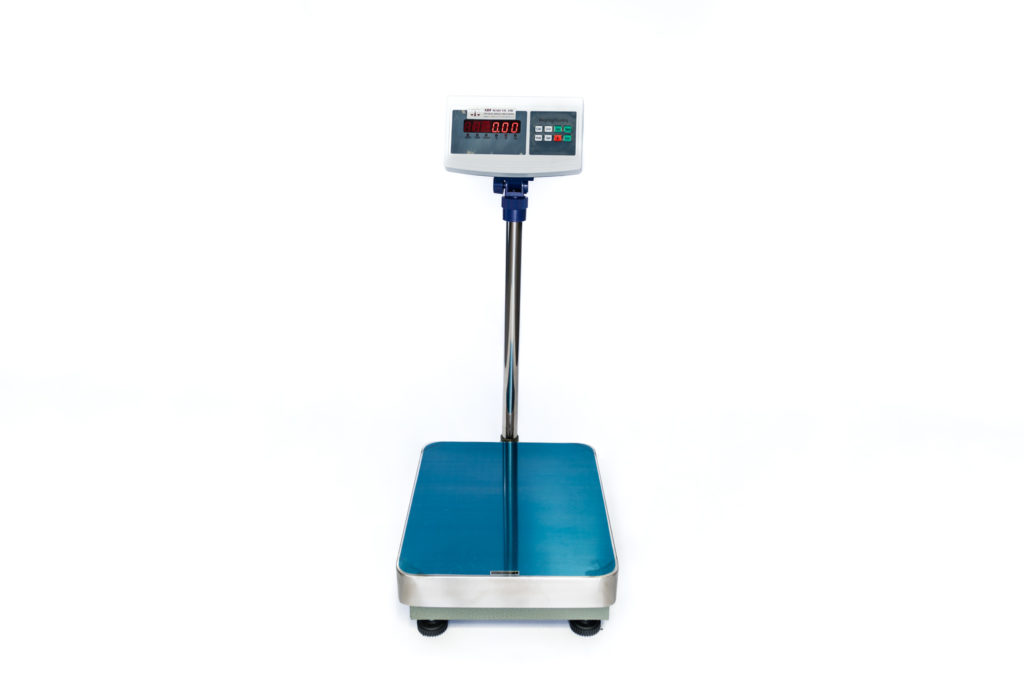Your site conditions and where you place your weighing scale can make a difference to the accuracy of your machine. Here are eight tips to help ensure your site conditions aren’t causing inaccuracies.

1. Don’t position the weighing scale by large opening/up and over doors.
Making sure your machine isn’t near somewhere that is significantly drafty will avoid problems with your scale’s accuracy.
2. Don’t place your scale near a vibration source.
If you place your weighing scale near any vibration, it can cause inaccuracy. It can also create inaccuracies with the tare function on your weighing scale.
3. Always position your weighing scale on a firm foundation.
The best type of floor is a solid surface with no bounce or rock. Be careful if you use a mezzanine floor, too, as these can sometimes have a slight bounce when people walk across, which will affect your scale accuracy too. If you place your scale on a table, this can rock which means it’s unstable, so this is best avoided too.
4. Warm your weighing scale up before you start using it.
If your scale is cold the readings will be unstable until it is warm. When it’s inside, it will take less time to warm up. Check your user manual for more information on the length of time your scale needs to warm up.
5. Don’t ‘drag’ plastic containers off your scale.
When plastic containers are dragged off your weighing scale, it can cause a static electricity build-up. This can create an issue with your digital display, including locking up.
6. Ensure containers and skips are placed squarely onto the weighing platform.
First and foremost, ensuring the items you are weighing are correctly placed on the weighing platform will ensure safety. If the container or skip is partially supported on the platform and surrounding area, it will give you an inaccurate reading.
Ensure power supplies are ‘clean’ along with the correct voltage and an earth connection.
By ‘clean’, we mean a stable and correct voltage. The earth connection must always be present, too. This will ensure your weighing scale safety.
Don’t assume all similar containers are the same tare weight.
To ensure your containers have the same tare weights, they need to be clean and have no build-up of oil, paper or metal turnings. If they do, you will inevitably have an inaccurate weighing scale.
If you’re still having any problems with your scales, you may need one of our experienced engineers to do a site visit. Contact us today, and one of our friendly team will be in touch. For more information, you can also read 10 Top Tips When You’re Using a Weighing Scale.
